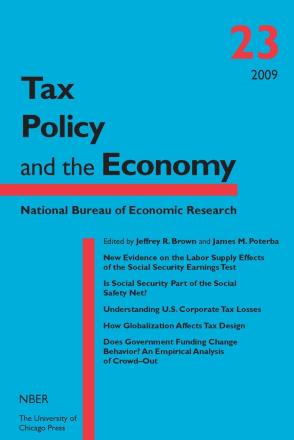Understanding US Corporate Tax Losses

Recent data on corporate tax losses present a puzzle this paper attempts to explain: the ratio of losses to positive income was much higher around the recession of 2001 than in earlier recessions, even those of greater severity. Using a comprehensive sample of US corporation tax returns for the period 1982–2005, we explore a variety of potential explanations for this surge in tax losses, taking account of the significant use of executive compensation stock options beginning in the 1990s and recent temporary tax provisions that might have had important effects on taxable income. We find that losses rose because the average rate of return of C corporations fell, rather than because of an increase in the dispersion of returns or an increase in the gap between corporate profits subject to tax and corporate profits as measured by the national income accounts. Our analysis also suggests that the increasing importance of S corporations may help explain the recent experience within the C corporate sector, as S corporations have exhibited a different pattern of losses in recent years. However, we can identify no simple explanation for the differing experience of C and S corporations. Our investigation concludes with some new puzzles: why did rates of return of C corporations fall so much early in the decade, and why has the incidence of losses among C and S corporations diverged?


